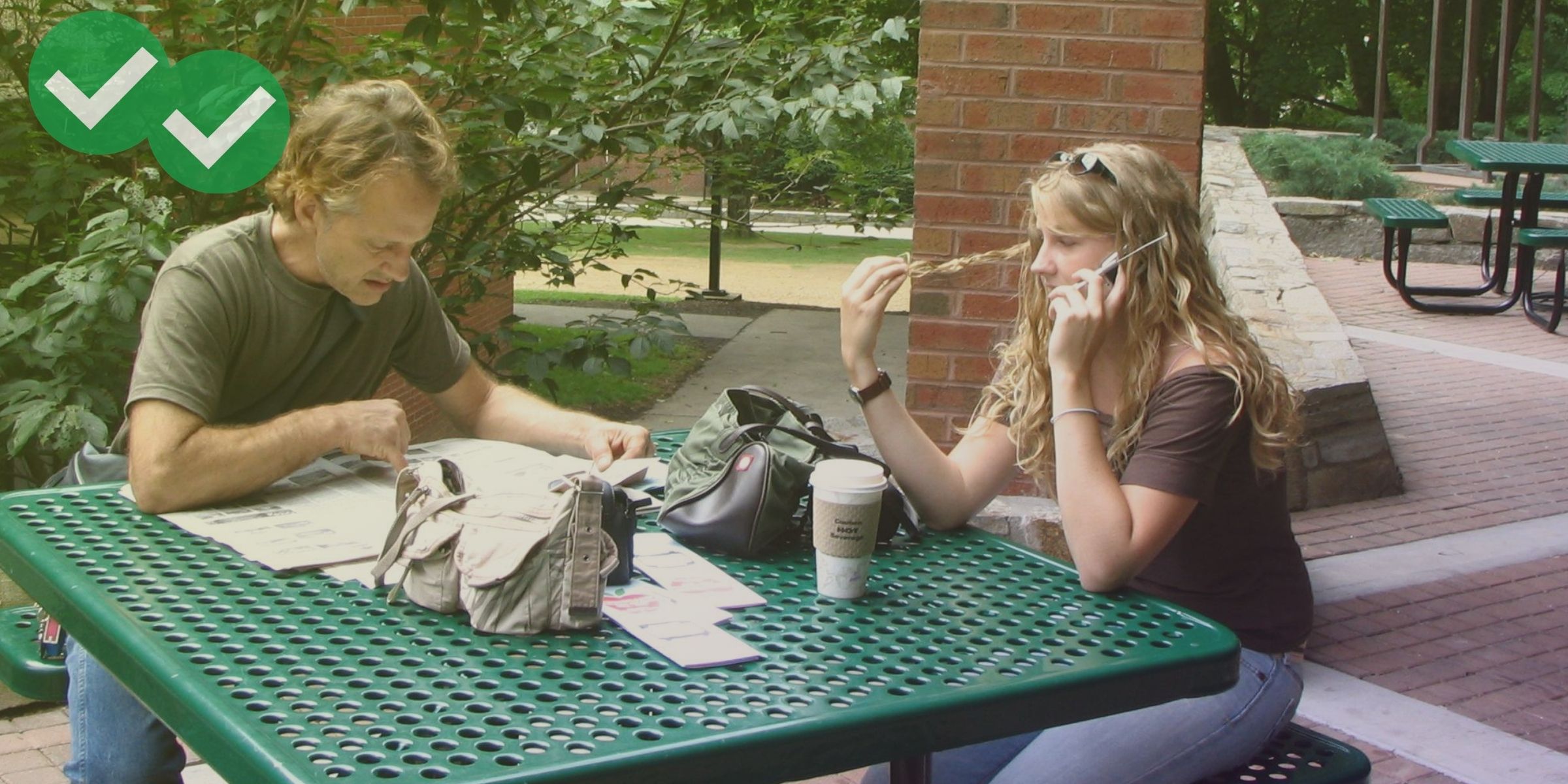I’ve been teaching TOEFL and other standardized exams in classrooms and tutoring centers since 2011. Teaching test prep can be rewarding, but it can also be challenging. I’ve found that it’s especially important to know how to teach TOEFL to students who have different levels of English ability. Beginner-level students in particular have needs that should be met carefully and creatively.
I’ve said before that beginner-level students may not be ready for standard TOEFL prep materials. But this doesn’t mean that you can’t start preparing your beginner-level students for the TOEFL in some ways.
For reading, you’ll want your students to practice non-fiction reading. This nonfiction should have an academic tone, but be simpler than the reading found on the exam. There are a number of really great levelled websites for beginner academic reading. I’ve found News in Levels, Student Weekly, and English Online can really help students reach for eventual TOEFL-level reading. Simple English Wikipedia is great too. (Just remember to let you students know that Wikipedia is not supposed to be used as a source for academic essays. Even Wikipedia agrees!)
Levelled listening prep that gets students ready for the TOEFL can be a little harder to find. Elllo.org has a lot of listening tracks in different accents. Each track is clearly marked to show which accents your students will hear. The American, UK, and “Down Under” accents will be useful for the TOEFL. The many other accents on Elllo may not be so useful. The tracks themselves focus on conversations and newscasts. The conversations are especially relevant to the TOEFL. The newscasts aren’t quite as “TOEFL-friendly”, but can still be useful practice. Elllo is a very big site; a good place to start is their beginner level listening page. As your beginner students become more ready for TOEFL-like academic listening, consider using the TED Talk ESL page. TEDxESL has a lot of shorter talks, well-supported with transcripts and other learning materials.
To prepare your students for TOEFL Speaking and Writing, it’s important to have the students work with the language skills they have. This is pretty easy with the Independent Writing and Speaking tasks. These tasks require students to write or talk about their own personal experiences and opinions, which can be done with beginner-level or higher language. Integrated Writing and Speaking is more complex. But you can use the graded reading and listening materials above to create TOEFL-like beginner level integrated tasks for your students.
Once you put your materials together, you should also be sensitive to the way your beginner-level students probably feel about the TOEFL. Most beginner-level students have sampled real TOEFL materials from ETS or from sites like Magoosh. They likely find the test to be intimidating, even downright scary, given that it’s a high-stakes, “gatekeeper” exam. Remind their students that they are in the prep stage of their studies. Encourage them to focus on their strengths and the improvements they’re making, and not the scores they’d get if they had to take the TOEFL immediately.





